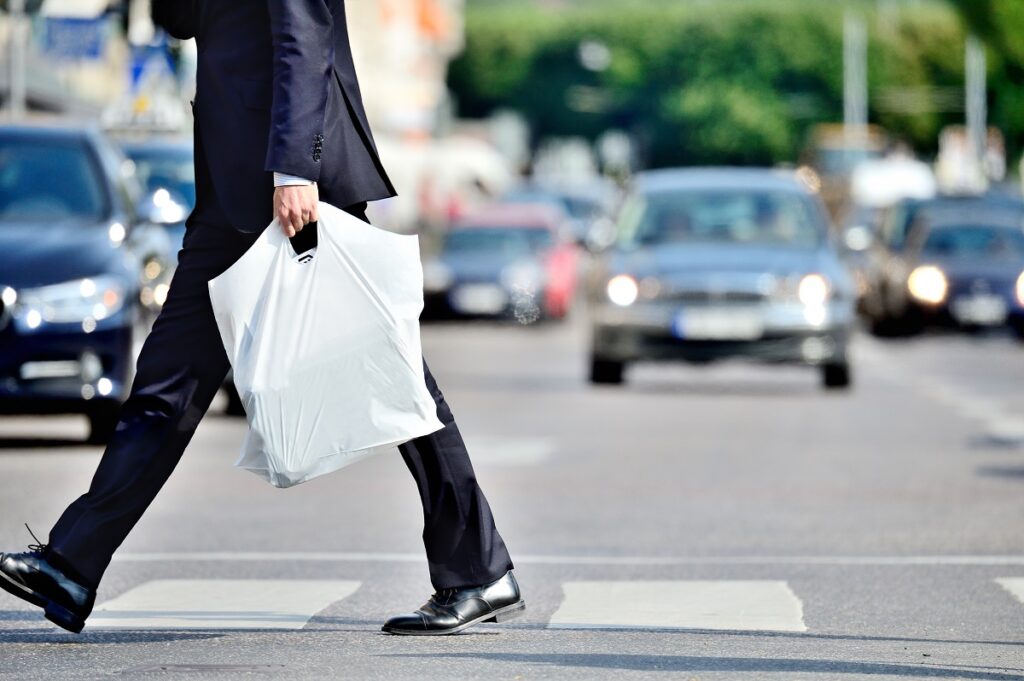- Water damage is the leading cause of street deterioration due to erosion, road deformation, and asphalt cracking.
- Aging infrastructure can lead to structural deficiencies, cracks, and potholes that can be costly and dangerous.
- Extreme weather, such as snow, ice, heat waves, or hurricanes, can create hazardous and expensive damage to streets and infrastructure.
- A lack of maintenance is a significant risk factor that can lead to premature wear and tear and safety hazards.
- Increasing numbers of vehicles, traffic jams, and road rage incidents can all be dangerous to streets in communities.
Communities are built on the foundation of streets and roads, which provide people with essential means of transportation. People rely on them on a daily basis, but did you know that there are several significant dangers that can compromise the safety and longevity of the streets? In this blog, you will learn about the significant dangers to streets in communities. You will also learn about the potential consequences that can occur if these dangers are not addressed.
Water Damage
Water is the number one cause of street damage. Heavy rainy seasons can lead to soil erosion, road deformation, and asphalt cracking. Water accumulations and puddles can cause vehicles to hydroplane and lead to car accidents. Proper water drainage, including French drains and gutter systems, can help mitigate the effects of water damage.
Aging Infrastructure
As communities age, their streets are also at risk. Aging infrastructure can lead to structural deficiencies, cracks, and potholes, which can result in serious accidents, increased maintenance costs, and negative impacts on local businesses. More funding needs to be allocated to address the aging infrastructure issues plaguing community streets.
Extreme Weather

Communities across the globe often face harsh weather conditions such as snow, ice, heat waves, or hurricanes. These dangers can cause severe damage to the streets, including freezing, thawing, and rapid temperature changes that can compromise infrastructure. Climate and environmental education can teach communities to adapt and address the negative impacts of extreme weather events.
Lack of Maintenance
Neglect is perhaps the most overlooked issue that can lead to disastrous consequences. A lack of maintenance can lead to street abuse, premature wear and tear, and safety hazards. Various stakeholders in communities can prevent this risk by promoting street maintenance programs that include pothole and crack repair, street sweeping, and proper drainage systems.
Traffic Issues

The increasing number of vehicles can also be a significant hazard to streets in communities. With the rise of vehicle emissions, traffic jams, and road rage incidents, streets have become increasingly dangerous places to drive or walk. To address this issue, here are four things that can be done:
Enforce traffic laws
Enforcing traffic laws can reduce the risk of accidents and ensure that drivers are following safety guidelines. Law enforcement officials should also be given the proper tools to do their job efficiently. For example, the police should have radar guns to detect speeders.
Radar guns are handheld devices used by law enforcement officials for speed detection. They use radio waves to determine the speed of an approaching object and can detect up to four vehicles at a time. The device emits a signal that is reflected back to the gun, which then calculates the speed of the vehicle based on the time it takes for the signal to return.
Increase public transportation
More public transportation options can help reduce the number of vehicles on the streets. This will make roads safer and reduce emissions from cars. Investing in public transportation is a great way to take the strain off of congested roads and ensure that people are given viable alternatives to driving.
Create pedestrian-friendly areas
Designated walkways, crosswalks, and sidewalks can increase safety for pedestrians and motorists alike. These areas should be well-lit and equipped with pedestrian signals, so drivers can easily distinguish between cars and pedestrians on the street.
Provide education
Streets are shared spaces that require understanding from both drivers and pedestrians to keep them safe. Education programs, such as defensive driving training or bicycle safety classes, can help inform drivers and pedestrians about the dangers of streets and how to navigate them safely.
By taking active steps to resolve the traffic problems in your community, you can help make the streets safer for everyone.
The safety of streets in communities is paramount to ensuring that people can travel safely and efficiently. The major dangers discussed here – water damage, aging infrastructure, extreme weather conditions, lack of maintenance, and traffic issues – all need to be addressed in order for roads to remain safe.
Investing in public transportation options, creating pedestrian-friendly areas with appropriate signage and signals, enforcing traffic laws with radar guns or other tools when necessary, and providing educational opportunities on street safety can help protect everyone using them. With these steps, you can ensure that the streets are safer for drivers and pedestrians.


